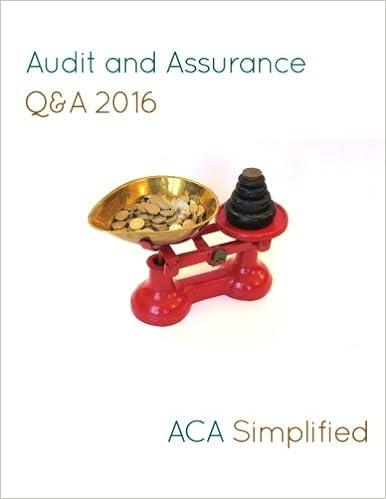Question
I need the answer to 14 but the question states you need information from the 13 so it is listed also. 14. A study found
I need the answer to 14 but the question states you need information from the 13 so it is listed also.
14. A study found that, in 2005, 12.5% of U.S. workers belonged to unions (The Wall Street Journal, January 21, 2006). Suppose a sample of 400 U.S. workers is collected in 2019 to determine whether union efforts to organize have increased union membership. If a sample of 400 workers finds that 52 of those workers belonged to unions, will you reject or fail to reject the null hypothesis using the critical value approach at the alpha = 0.05 level. Explain your reasoning. Would you reject or fail to reject the null hypothesis using the p-value approach at the alpha = 0.05 level? Explain your reasoning. Embedded in this question are many of the details that were listed more explicitly in questions 13. a-n.
13. A study found that, in 2005, 12.5% of U.S. workers belonged to unions (The Wall Street Journal, January 21, 2006). Suppose a sample of 400 U.S. workers is collected in 2006 to determine whether union efforts to organize have increased union membership at the 5 percent level of significance ( = .05).
a. Formulate the null and alternative hypotheses that can be used to determine whether union membership increased in 2006.
b. If a sample of 400 workers finds that 52 of those workers belonged to unions, what is the sample proportion?
c. Draw a diagram of the sampling distribution of p-bar. based on the hypothesized population proportion value stated in the null hypothesis. Explain the important features of this distribution. Where is this distribution centered? What is the spread of the distribution? Label the axis.
d. What is the value of the test statistic? ________ This calculation involves converting the p-bar value to either a z or a t. Is the test statistic a z or a t? _______ Show an equation and calculation to support the value of the test statistic you entered above.
e. In hypothesis testing a critical value is used to help us determine if the null hypothesis is rejected or if the decision is to do not reject the null hypothesis. What is the critical value in this example? ________. Is this a z or a t? _____________
f. Draw a diagram and shade the area that represents the probability of getting a z value that is greater than or equal to the test statistic. Label the axis. Label the critical value on the diagram. Label the shaded area with a probability. _______
g. What is the p-value (numerical value)? _________ Note: This is about probability not the population proportion (p) or the sample proportion (p-bar). The p-value is the probability of getting a sample proportion that is more extreme than the test statistic.
h. Draw a diagram of the sampling distribution of p-bar and shade the area that represents the p-value in this distribution.
i. What is the value for the confidence coefficient in this example? _______________
j. If you add the value of the confidence coefficient and the sum will equal ______.
k. What is the level of significance in this question? ___________
l. Based on your calculations do reject or do not reject the null hypothesis? Explain how you decided. n. Interpret you result. Write a short answer explaining what your decision means (What is your conclusion about whether union efforts to organize have increased union membership).
Step by Step Solution
There are 3 Steps involved in it
Step: 1

Get Instant Access to Expert-Tailored Solutions
See step-by-step solutions with expert insights and AI powered tools for academic success
Step: 2

Step: 3

Ace Your Homework with AI
Get the answers you need in no time with our AI-driven, step-by-step assistance
Get Started


